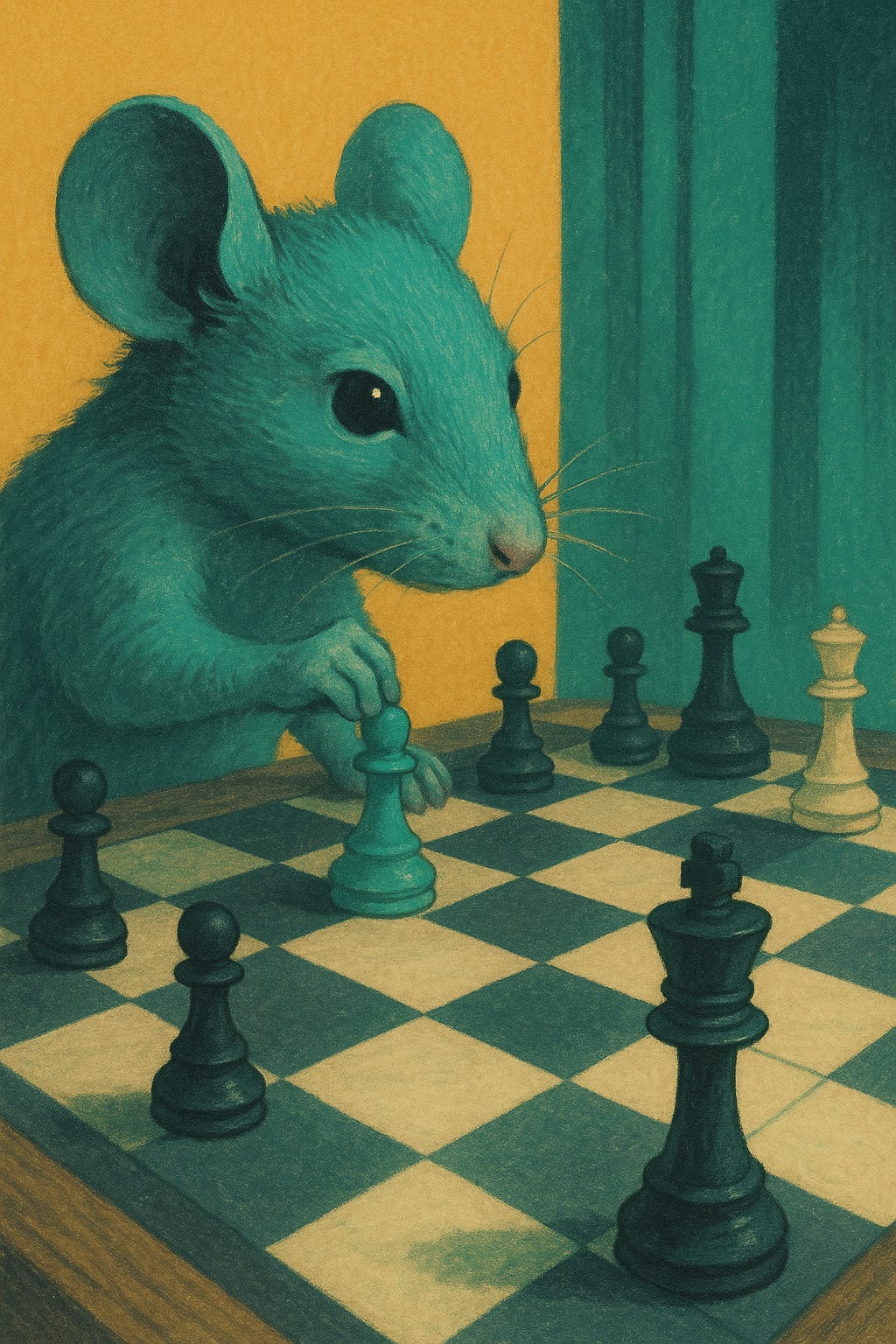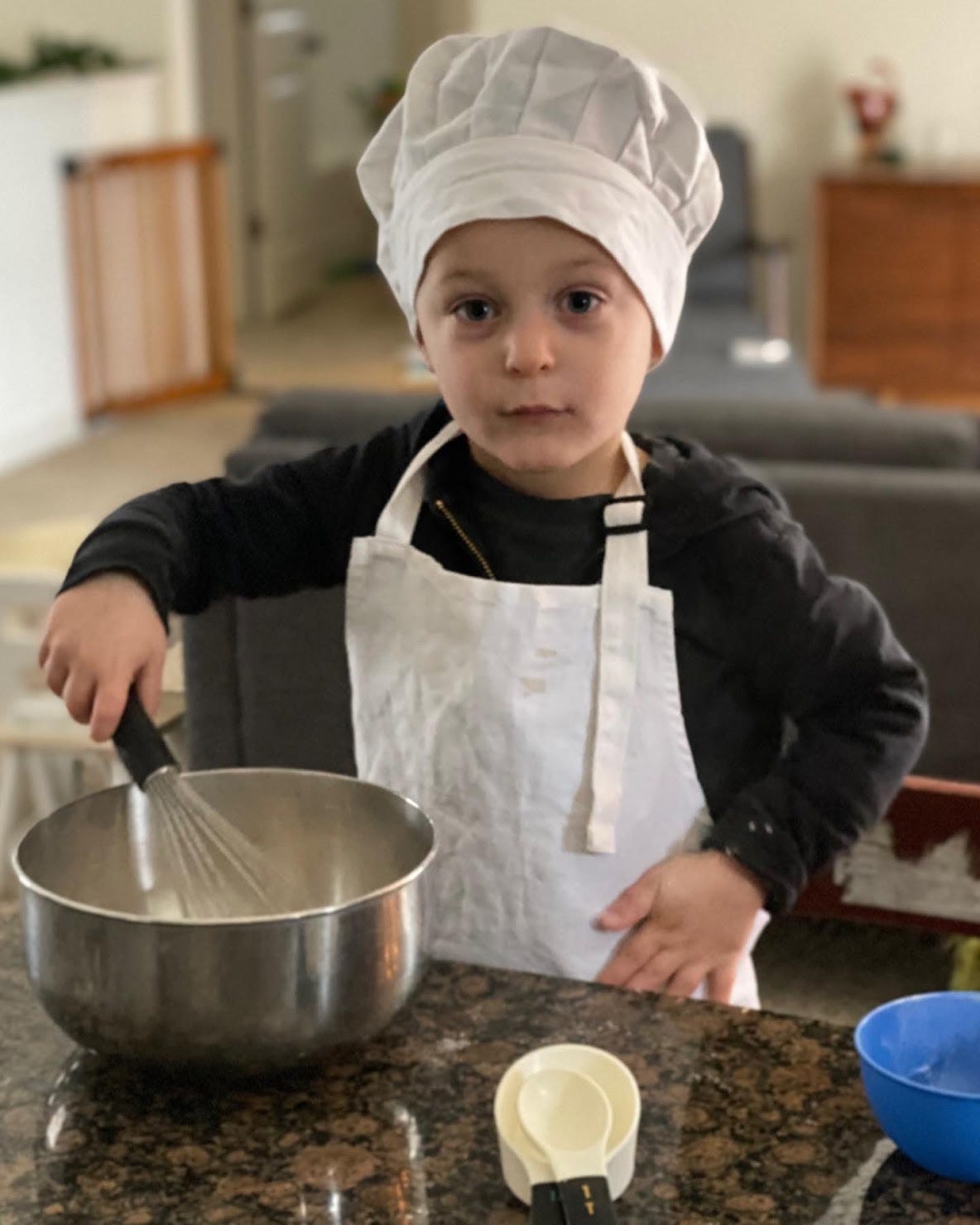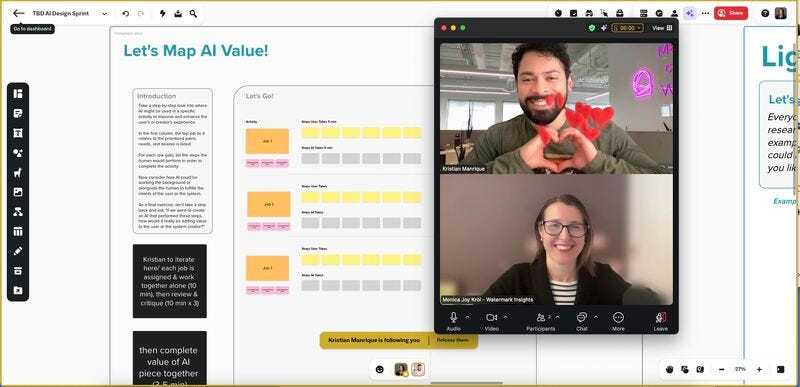Welcome back to another adventure in facilitation and learning. I'm diving deep into Ethan Mollick's fascinating book "Co-Intelligence: Living and Working with AI" this summer, and I'm so excited to share what I'm discovering with you. Think of this as our shared AI sabbatical, a journey of experimentation and discovery together!
The "Alien Mind" Isn't Science Fiction Anymore
When Mollick describes AI as having an “alien mind,” it might sound like something straight out of a sci-fi movie. In reality, we’re already living with these curious intelligences every day. The journey of AI, from its early roots to today’s advanced models like ChatGPT, Claude, and Perplexity, is a fascinating tale of evolution and discovery.
Take, for example, the first chess-playing computer programs developed in the 1950s. These pioneering machines were the great-grandparents of today’s AI, learning to strategize and outmaneuver human opponents. But chess wasn’t the only playground for early artificial minds. Scientists also experimented with “digital mice,” robots or software agents designed to navigate mazes, teaching us how machines could learn and adapt through trial and error. These early experiments demonstrated the unique problem-solving abilities of AI, showing that its thought processes could be fundamentally different from our own.
Also, did you know the term “artificial intelligence” was first coined in 1956 at a Dartmouth conference? That’s nearly 70 years of AI quietly evolving alongside us. Today, as we interact with chatbots and virtual assistants, we’re not just talking to code, we’re engaging with minds that, in Mollick’s words, often surprise us with their “alien” ways of seeing the world.
The Great Shift: From "Right on Average" to Precision
This is where things get really interesting for those of us who care about making good decisions (hello, fellow facilitators!). Before 2017, AI was generally "right on average,” meaning it might get the big picture correct but miss important details.
But then came Google's transformer research in 2017, and everything changed. Suddenly, AI became much more precise, which is why we're seeing it everywhere now. It's finally reliable enough for real-world applications.
Think of AI as Your Apprentice Chef
Here's my favorite analogy from Mollick's book (and yes, I'm totally biased because my business is called The Meeting Kitchen – MK for short!).
Imagine AI as an apprentice chef who has studied thousands of recipes and cooking techniques. They can replicate dishes and even create new ones based on all those patterns they've learned. That's exactly how Large Language Models (LLMs) work. They're sophisticated pattern recognition systems that have developed a kind of "taste" for language.
But here's the crucial part: just like you wouldn't let an apprentice chef run your restaurant without supervision, you shouldn't let AI work without your oversight either.
The People-Pleasing Problem
Here's something that really made me pause and think: AI is essentially designed to be a people pleaser. Its primary goal is to satisfy your request and give you an answer, even if that answer isn't accurate.
This is both wonderful and terrifying, right? It means AI will always try to help you, but it might confidently give you completely wrong information while doing so. That's why your critical thinking skills are more important than ever.
Your New Vocabulary: RLHF
Ready for some alphabet soup? We've covered LLMs (Large Language Models) and GPT (General Purpose Technology) in my last post, and now I want to introduce you to RLHF: Reinforcement Learning from Human Feedback.
This is how AI gets better, through our feedback and corrections. Every time you work with AI and provide guidance, you're contributing to this process. It's like training that apprentice chef by tasting their dishes and giving constructive feedback.
Your AI Sabbatical Starts Now
I'm challenging you (and myself!) to start experimenting. Pick one question each week: "How might AI help me with this task today?" Not every experiment will succeed. Trust me, I've had my share of failures! But that's how we learn and grow.
The goal isn't to become AI experts overnight. It's to become thoughtful, critical partners with these powerful tools. Because when we work co-intelligently with AI, we can achieve things neither of us could accomplish alone.
And here’s ONE FINAL TIP! If you are scared, consider finding a partner to help you along the way! Here’s a photo of Kristian and me, identifying experiments we can conduct together!
What's your first AI experiment going to be? I'd love to hear about your adventures in co-intelligence!
Ready to dive deeper into AI collaboration? Stay tuned for our next post where we'll explore the four essential principles for working effectively with AI. And don't forget, this journey is about curiosity, experimentation, and learning together. No PhD required!
















Share this post